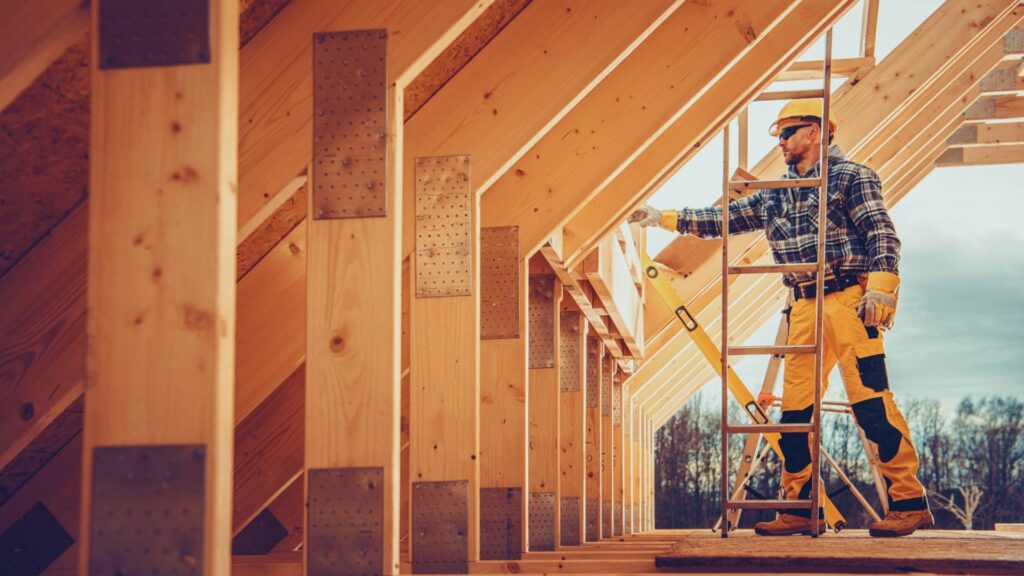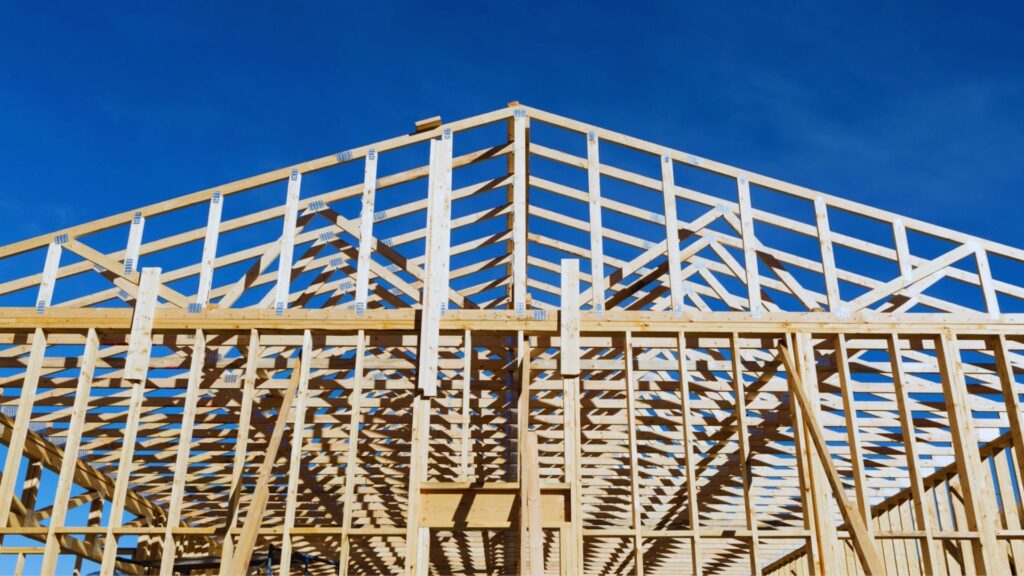Lumber prices have increased by 14% in 2023 after plummeting last year. While lumber prices are yet to hit the peak witnessed in May 2021, they are approximately three times higher than before the pandemic struck in 2020.
Several factors contribute to the high lumber prices, including the construction boom. In addition, the pandemic has also affected the transportation networks, further impacting the supply chain.
According to the National Association of Home Builders, the price increase has also affected the cost of home renovation and construction. The cost of home construction had gone up by at least $18,600.
The US West Coast and some parts of British Columbia have experienced coastal wildfires that exacerbated the problem.
Table of Contents
Reasons for high lumber prices
Lumber prices fluctuate periodically due to dynamics in home building capacity. However, lumber prices have been skyrocketing at an alarming rate recently. Below are some of the reasons for high lumber prices.
Pandemic-related shutdowns
Many sawmills shut down during the pandemic, but the housing market grew, increasing lumber demand. There simply isn’t enough lumber supply to meet current demand. Businesses continue to push the additional expenses to homeowners.
During the first 13 months of the pandemic, the price of lumber rose steadily from $200 for 1000 board feet to over $1000. This has dramatically increased the cost of buying a family home. Prospective buyers now have to pay $35000 more than before the pandemic.
Pandemic-related shutdowns have also decreased skilled labor employment as many people enter new jobs. Most people affected by the pandemic are not returning to those jobs. This shift in the employment market means that there needs to be more labor to gather and process lumber.
Supply chain disruptions
Like many other industries, the lumber industry was affected by the Covid-19 pandemic. The lumber industry is labor-intensive, and the pandemic shutdowns meant many shipments could not be processed or delivered.
Workforce shortages in the lumber industry have led businesses to produce less than enough to meet the demand for lumber. The same is true for the shipping industry lumber businesses rely on to distribute their products.
Increased demand for home renovation and construction projects
With many businesses shutting down during the pandemic and others adopting work-from-home policies, people had more time. More people became keen on renovating their homes as DIY projects. Even professional construction projects increased.
This increased demand for construction projects (and materials) undoubtedly affected the supply and hence the price of lumber.

Wildfires and natural disasters
The western parts of North America and Canada experienced high temperatures and significant droughts in 2021 and 2022. The droughts led to some of the largest wildfires in recent history. Over 5.6 million acres and 10 million acres of land were burned in the US and Canada, respectively. These wildfires have impacted the availability of lumber.
Impact on the construction industry
Lumber affects many industries, from construction to transportation. Unique home improvement and real estate demands lead to increased demand and cost of lumber. Below are some of the effects of increased lumber prices in construction.
Increased costs for new home construction
Lumber is a primary construction material in the US. As a result, high lumber prices are pushed onto the consumer, increasing costs for new home construction.
Higher prices for homebuyers
According to the NAHB, high lumber prices have increased the market value of the average newly built home by $12000. Similarly, renting a house now costs at least $119 more.
The difficulty for contractors to estimate project costs
The current volatility of lumber prices has made it difficult for contractors to estimate project costs. It is difficult to evaluate when the prices decrease because lumber prices are easily affected by major national or global events.
Potential solutions
Different construction stakeholders take varying actions concerning the price escalation of construction products. So what can we do to navigate the volatile lumber prices? Below are practical strategies stakeholders in the construction industry can employ to navigate the soaring prices.

Increased lumber production and imports
Businesses can ensure they have enough lumber by producing or importing more lumber. Make a few contracts with several lumber producers to ensure that lumber can be obtained as needed without interruptions or delays. Companies with such contracts in place are less likely to be slowed down by delayed lumber shipments.
Investment in alternative building materials
Alternative building materials like metal framing, tension fabric, and engineered wood can help businesses combat the low supply of lumber. Metal framing is one of the best alternatives because builders can make their materials without waiting for wood shipments. Engineered wood is also a great alternative to traditional lumber because it is cheaper and offers greater size flexibility.
Adjusting project timelines to wait for prices to decrease
Moving forward with your home construction or renovation can be exciting, but these projects take time. Consider changing project timelines to wait for prices to drop so that you can save on lumber costs.
Conclusion
Lumber prices are at an all-time high of $1000 and pose a massive threat to the post-pandemic housing market boom. The increase in lumber prices is due to factors such as pandemic-related shutdowns, supply chain disruptions, increased demand for house renovations and construction projects, wildfires, and natural disasters.
While the factors causing high lumber prices are hard to control, businesses could explore a few potential solutions. These include increased lumber production and imports, investment in alternative materials, and adjusting project timelines.

